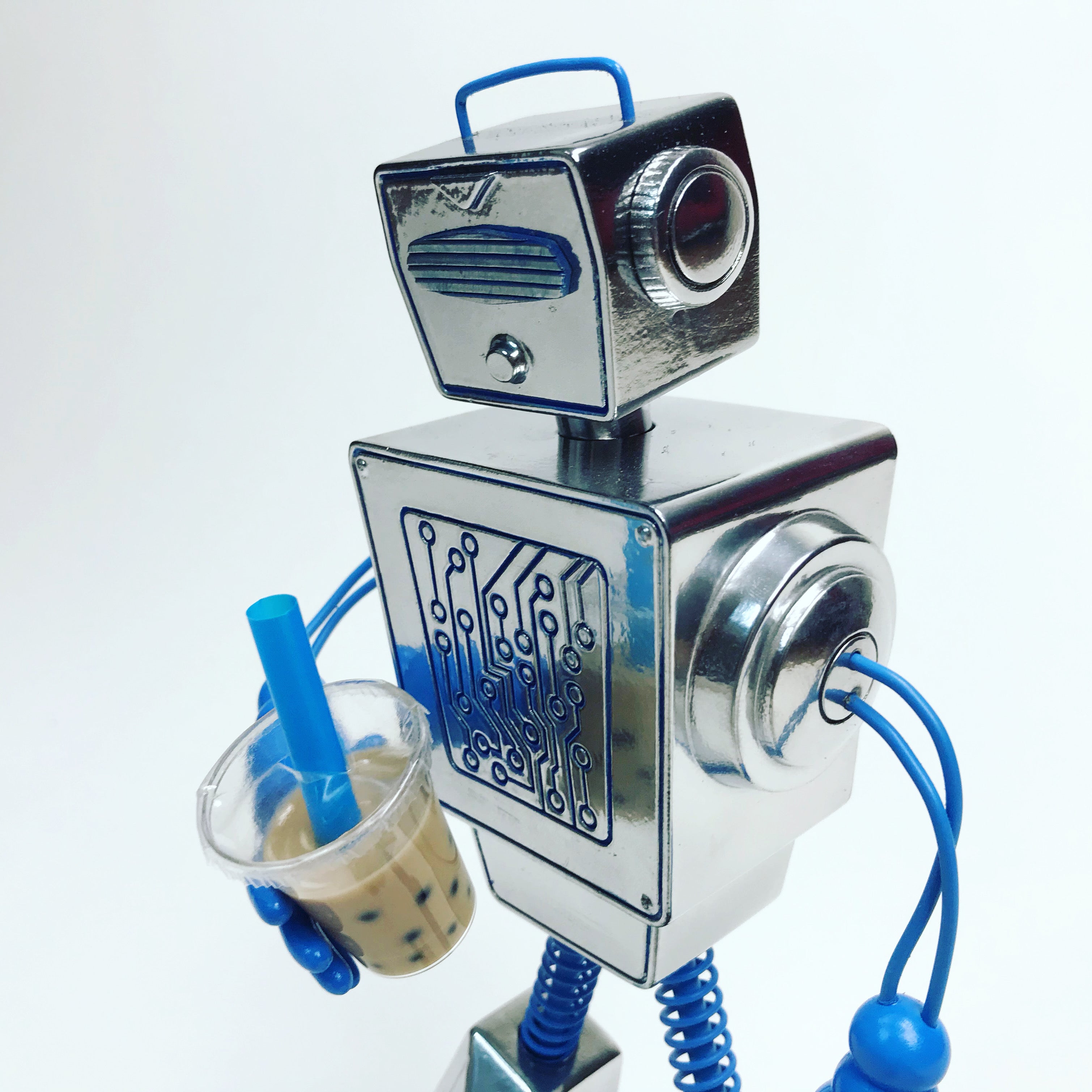How many times have you and a friend sent each other an emoji with no context, and completely understood what the other was trying to say? You probably don’t take the time to think about how crazy it is that we have come up with a completely unique way of communicating without using words. But in reality, we were talking in pictures long before cell phones and email. In fact, the very first iterations of written language were images (or logographs) known as hieroglyphics. This ancient Egyptian writing system, which dates back to the 28th century B.C.E., had around 1,000 unique characters, and even had a cursive version.

It does seem, though, that with the advancement of technology has come a new form of communication through the use of emojis. There are a few issues that come with emojis, mainly that they look very different on an iPhone than on an Android, and that some emojis can mean different things depending on your and your friends’ usage. The latter is true especially due to generational gaps; Gen Z, who grew up on platforms like Instagram and Snapchat, use emojis differently than Millennials, who started out using emojis on AIM and email with fewer options (back in the days when # was still known as the pound sign or number sign, not the hashtag). This also leads to “styles” within emoji communication. Some might think certain emojis — the crying laughing face, for example — are “dated,” while others might not understand why everyone is suddenly adding sparkles to emphasize every word.

The question then arises: can we effectively communicate using emojis, despite the fact that they look different across different platforms, and can sometimes mean different things to different people? It’s not so black and white. Like any language or form of communication, different communities are going to understand and use it differently. It seems that overall, we have a pretty decent understanding of how to communicate effectively using emojis. Other than the rogue grandma sending a laughing face in response to dire news, it does feel like we all “get it.” And emojis are becoming more inclusive as well, leading to more communities being able to use them in ways they couldn’t before (think emoji people in wheelchairs or with hearing aids, and the addition of multiple skin colors).

There will always be barriers, but that’s true for any language. We just have to watch and see how emojis continue to evolve as technology, and we as people, evolve alongside them.
Do you use emojis in your daily life? Do you have a favorite? Let us know in the comments — we always love hearing from you!





Comments
Yes! We absolutely can communicate effectively using emojis. Your comparison to hieroglyphics is excellent. Most emojis are very clear in their meaning. There are so many, it’s possible to convey a wide array of information, thoughts and emotions. In fact, emojis might be one of the best ways to communicate across languages and cultures. There’s no reason not to use them in written communications, at least in non-business matters.
It would be an interesting test to see if someone could write a few sentences using only emojis and see how many people could understand what they mean, but I’ve never seen that done.